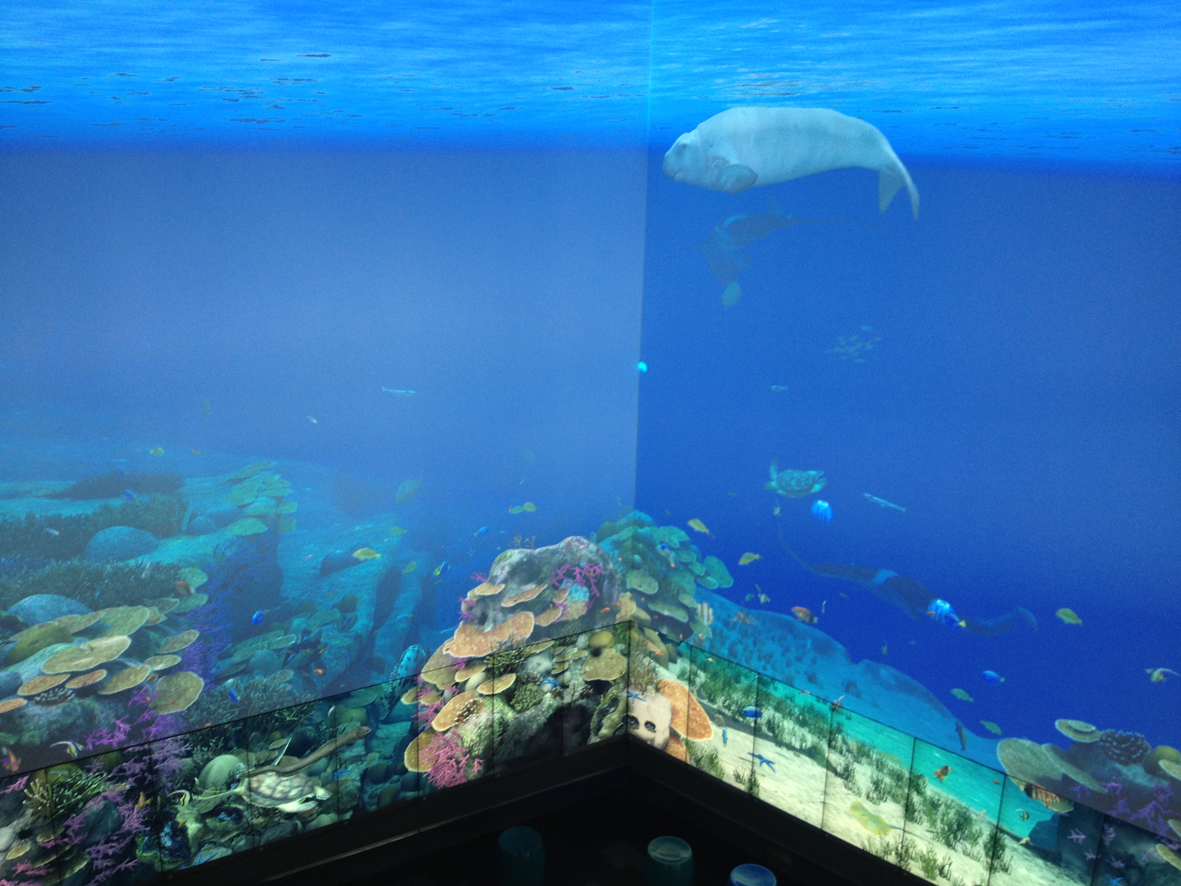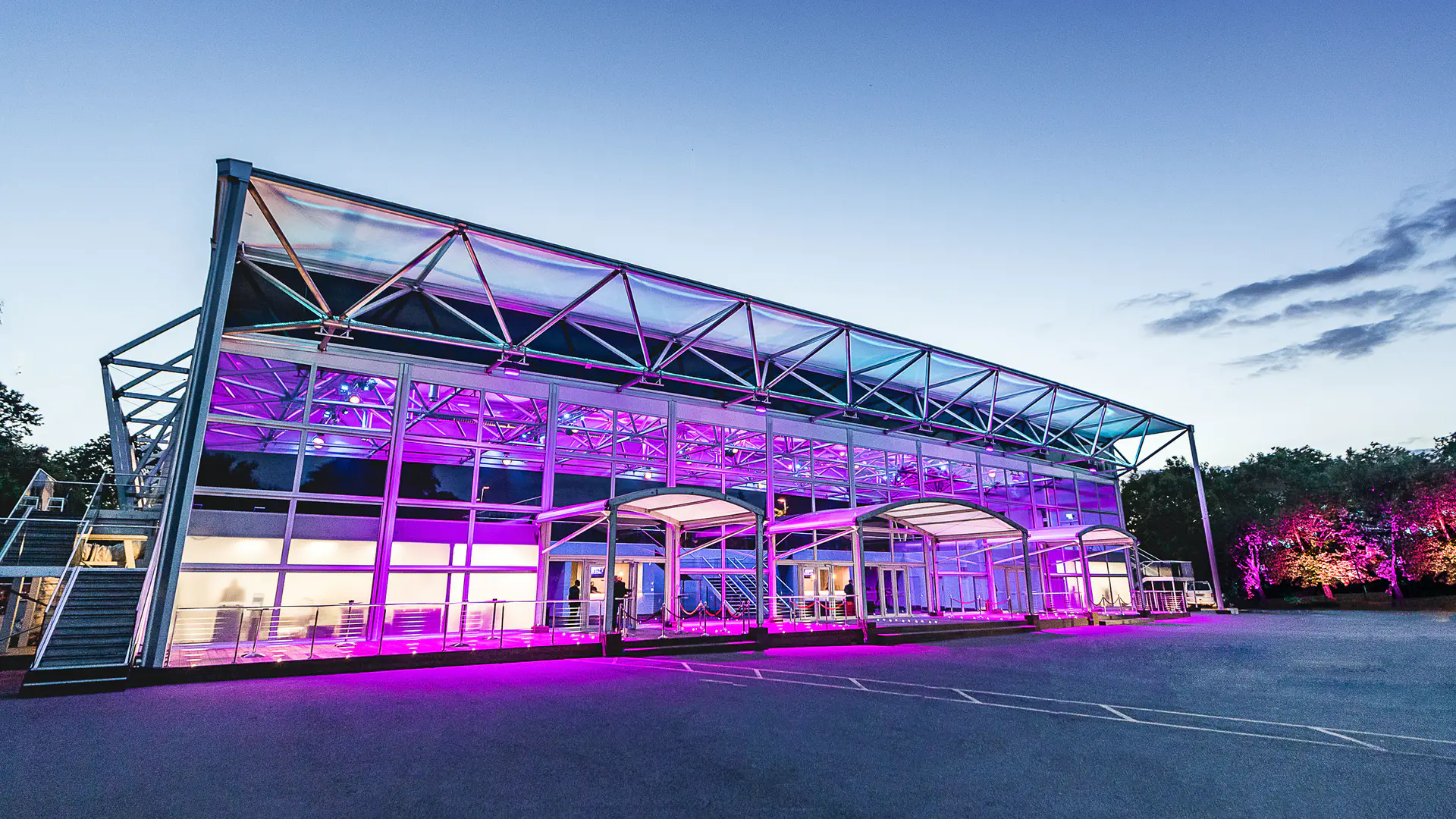
Columnist Rob Lane looks at how integrators are using global partnerships to create universal solutions and increase efficiency.
It’s a well-worn cliché, but we live in a small world. A world where, thanks largely to the internet and more effective videoconferencing, we can conduct business easily and efficiently from anywhere and with anybody. For many global businesses the reduced requirement for air travel is thanks to AV installers who are creating the appropriate technological environments for effective and efficient virtual communication, with the best possible videoconferencing applications and hardware. For large, multinational corporations, these ‘collaboration suites’ are a necessity and a burgeoning market for installers.
But how do integrators themselves reduce the need for costly air travel? For one-country operations (let’s assume the UK) doing business abroad, the emails, calls and videoconferences will – assuming a deal has been done virtually – inevitably lead to one thing: flights. And these won’t just carry human cargo; a deal in Dubai will lead to integrator staff being accompanied by some, if not all, of the necessary equipment to get the job done. This could end up being expensive and very complicated in terms of support networks, equipment sourcing on the ground, and so on. And if this project leads to a second, cloned installation at the Dubai-based business’s New York office, how does the London-based installer ensure that the installations are exact replicas of each other? Tricky.
However, there are a small number of global integrator alliances working together to provide solutions, services and support for their clients across the globe. One huge, renowned videoconferencing-facing and ‘business acceleration’ alliance, Dimension Data, has offices in dozens of countries, with many boasting sub-offices. So, corporations looking to accelerate their global business with interactive solutions can be confident that the results from Dimension Data will be consistent across all regional offices.
Global presence
More modest in size and scope than Dimension Data, but no less ambitious and growing year on year, is the Global Presence Alliance (GPA). Working more broadly in AV (including consumer electronics), but with IT and unified communications – videoconferencing – also key offers, the GPA is a growing alliance of AV integrators working together to provide a “streamlined, consistent approach to the deployment of audiovisual and videoconferencing technology on a global basis”. The GPA consists of a framework of global expertise and is committed to sharing best practices across members to guarantee a consistent customer experience, regardless of location.
“We provide a sole-source solutions approach to global AV delivery, bringing greater simplicity through a consolidated service operation,” recently appointed Alliance programme director Mike Stead told me. “Combining technology and services from around the world, our members provide new and existing customers a means of creating worldwide strategies. GPA customers benefit from gains in operational efficiency by having a single global contact for design, engineering, integration and ongoing maintenance of their technology systems.”
Comprising 19 members across 30 countries and 170 cities with approximately 3,500 employees, and with combined AV revenue in excess of $1 billion, the GPA is looking to expand. Additional members have just been announced for Russia and Argentina, and according to Stead more will follow throughout 2015. Notable Alliance members include US integrators Whitlock, UK-based Feltech, Ayno in Italy, Germany’s Global Media Services and ProAV Solutions in Australia.
The latter was responsible, as part of the GPA, for The Cube at Queensland University of Technology (QUT), featured in these pages in 2013 and pictured above: the world’s biggest interactive multi-touch installation and the largest continuous array of unlimited touch displays. Twenty 55in multi-touch displays edge-blended with a projection system create a two-storey representation of the Great Barrier Reef, while around the back of The Cube, an additional 24 multi-touch displays create further educational zones.
Had there been a requirement for a Cube installation elsewhere in the world, a GPA member would have been able to deliver the same experience as seen at the QUT. “The Cube was a very challenging installation in just one member country,” Stead explained. “But this is just the sort of challenge the GPA rises to, and our mission is to ensure that the size of the world is no barrier to consistency and efficiency of installation.” The airlines would doubtless approve of this ‘global village’ mentality.







